
Rabbit Anti-Phospho-PAK6 (Ser560)antibody
Phospho-PAK6(Ser560); PAK4 + PAK5 + PAK6 (phospho S474 + S602 + S560); CDKN1A activated kinase 6; Serine/threonine-protein kinase PAK 6; p21 activated protein kinase 6; p21 protein (Cdc42/Rac)-activated kinase 6; p21(CDKN1A) activated kinase 6; p21-ACTIVA
View History [Clear]
Details
Product Name Phospho-PAK6 (Ser560) Chinese Name 磷酸化p21激活激酶6抗体 Alias Phospho-PAK6(Ser560); PAK4 + PAK5 + PAK6 (phospho S474 + S602 + S560); CDKN1A activated kinase 6; Serine/threonine-protein kinase PAK 6; p21 activated protein kinase 6; p21 protein (Cdc42/Rac)-activated kinase 6; p21(CDKN1A) activated kinase 6; p21-ACTIVATED KINASE 6; p21activated kinase 6; PAK 5; PAK 6; PAK5; Serine threonine protein kinase PAK 6; Serine/threonine protein kinase PAK 6; Serine/threonine protein kinase PAK6; EC 2.7.1.37; PAK-5; PAK-6; Pak6; PAK6_HUMAN. literatures Product Type Phosphorylated anti Research Area Tumour immunology Signal transduction Apoptosis transcriptional regulatory factor Kinases and Phosphatases Immunogen Species Rabbit Clonality Polyclonal React Species Human, Mouse, Rat, (predicted: Chicken, Dog, Pig, Cow, Horse, Rabbit, Sheep, ) Applications WB=1:500-2000 ELISA=1:5000-10000 IHC-P=1:100-500 ICC=1:100 (Paraffin sections need antigen repair)
not yet tested in other applications.
optimal dilutions/concentrations should be determined by the end user.Theoretical molecular weight 75kDa Cellular localization The nucleus cytoplasmic Form Liquid Concentration 1mg/ml immunogen KLH conjugated Synthesised phosphopeptide derived from human PAK6 around the phosphorylation site of Ser560: RK(p-S)LV Lsotype IgG Purification affinity purified by Protein A Buffer Solution 0.01M TBS(pH7.4) with 1% BSA, 0.03% Proclin300 and 50% Glycerol. Storage Shipped at 4℃. Store at -20 °C for one year. Avoid repeated freeze/thaw cycles. Attention This product as supplied is intended for research use only, not for use in human, therapeutic or diagnostic applications. PubMed PubMed Product Detail This gene encodes a protein that shares a high degree of sequence similarity with p21-activated kinase (PAK) family members. The proteins of this family are Rac/Cdc42-associated Ste20-like Ser/Thr protein kinases, characterized by a highly conserved amino-terminal Cdc42/Rac interactive binding (CRIB) domain and a carboxyl-terminal kinase domain. PAK kinases are implicated in the regulation of a number of cellular processes, including cytoskeleton rearrangement, apoptosis and the MAP kinase signaling pathway. The protein encoded by this gene was found to interact with androgen receptor (AR), which is a steroid hormone-dependent transcription factor that is important for male sexual differentiation and development. The p21-activated protein kinase 6 gene was found to be highly expressed in testis and prostate tissues and the encoded protein was shown to cotranslocate into the nucleus with AR in response to androgen.
Function:
Serine/threonine protein kinase that plays a role in the regulation of gene transcription. The kinase activity is induced by various effectors including AR or MAP2K6/MAPKK6. Phosphorylates the DNA-binding domain of androgen receptor/AR and thereby inhibits AR-mediated transcription. Inhibits also ESR1-mediated transcription. May play a role in cytoskeleton regulation by interacting with IQGAP1. May protect cells from apoptosis through phosphorylation of BAD.
Subunit:
Interacts tightly with GTP-bound but not GDP-bound CDC42/p21 and RAC1. Interacts with the androgen receptor AR and the estrogen receptor ESR1. Interacts with IQGAP1 and PPM1B.
Subcellular Location:
Cytoplasm. Nucleus. Note=Cotranslocates into nucleus with AR in response to androgen induction.
Tissue Specificity:
Selectively expressed in brain and testis, with lower levels in multiple tissues including prostate and breast.
Post-translational modifications:
Autophosphorylated. Phosphorylated by MAP2K6//MAPKK6, leading to PAK6 activation.
Similarity:
Belongs to the protein kinase superfamily. STE Ser/Thr protein kinase family. STE20 subfamily.
Contains 1 CRIB domain.
SWISS:
Q9NQU5
Gene ID:
56924
Database links:Entrez Gene: 56924 Human
Omim: 608110 Human
SwissProt: Q9NQU5 Human
Unigene: 513645 Human
Product Picture
Lane 1: Human PANC-1 cell lysates
Lane 2: Human A431 cell lysates
Lane 3: Human A549 cell lysates
Lane 4: Human MCF-7 cell lysates
Primary: Anti-Phospho-PAK6 (Ser560) (SL3314R) at 1/1000 dilution
Secondary: IRDye800CW Goat Anti-Rabbit IgG at 1/20000 dilution
Predicted band size: 75 kDa
Observed band size: 73 kDa
Sample:
Spleen (Mouse) Lysate at 40 ug
Primary: Anti-Phospho-PAK6(Ser560) (SL3314R) at 1/300 dilution
Secondary: IRDye800CW Goat Anti-Rabbit IgG at 1/20000 dilution
Predicted band size: 75 kD
Observed band size: 73 kD
Paraformaldehyde-fixed, paraffin embedded (mouse esophagus); Antigen retrieval by boiling in sodium citrate buffer (pH6.0) for 15min; Block endogenous peroxidase by 3% hydrogen peroxide for 20 minutes; Blocking buffer (normal goat serum) at 37°C for 30min; Antibody incubation with (Phospho-PAK6 (Ser560)) Polyclonal Antibody, Unconjugated (SL3314R) at 1:200 overnight at 4°C, followed by operating according to SP Kit(Rabbit) (sp-0023) instructionsand DAB staining.Paraformaldehyde-fixed, paraffin embedded (mouse skin); Antigen retrieval by boiling in sodium citrate buffer (pH6.0) for 15min; Block endogenous peroxidase by 3% hydrogen peroxide for 20 minutes; Blocking buffer (normal goat serum) at 37°C for 30min; Antibody incubation with (Phospho-PAK6 (Ser560)) Polyclonal Antibody, Unconjugated (SL3314R) at 1:200 overnight at 4°C, followed by operating according to SP Kit(Rabbit) (sp-0023) instructionsand DAB staining.Paraformaldehyde-fixed, paraffin embedded (mouse brain); Antigen retrieval by boiling in sodium citrate buffer (pH6.0) for 15min; Block endogenous peroxidase by 3% hydrogen peroxide for 20 minutes; Blocking buffer (normal goat serum) at 37°C for 30min; Antibody incubation with (Phospho-PAK6 (Ser560)) Polyclonal Antibody, Unconjugated (SL3314R) at 1:200 overnight at 4°C, followed by operating according to SP Kit(Rabbit) (sp-0023) instructionsand DAB staining.Paraformaldehyde-fixed, paraffin embedded (rat brain); Antigen retrieval by boiling in sodium citrate buffer (pH6.0) for 15min; Block endogenous peroxidase by 3% hydrogen peroxide for 20 minutes; Blocking buffer (normal goat serum) at 37°C for 30min; Antibody incubation with (Phospho-PAK6 (Ser560)) Polyclonal Antibody, Unconjugated (SL3314R) at 1:200 overnight at 4°C, followed by operating according to SP Kit(Rabbit) (sp-0023) instructionsand DAB staining.Paraformaldehyde-fixed, paraffin embedded (rat skin); Antigen retrieval by boiling in sodium citrate buffer (pH6.0) for 15min; Block endogenous peroxidase by 3% hydrogen peroxide for 20 minutes; Blocking buffer (normal goat serum) at 37°C for 30min; Antibody incubation with (Phospho-PAK6 (Ser560)) Polyclonal Antibody, Unconjugated (SL3314R) at 1:200 overnight at 4°C, followed by operating according to SP Kit(Rabbit) (sp-0023) instructionsand DAB staining.A431 cell; 4% Paraformaldehyde-fixed; Triton X-100 at room temperature for 20 min; Blocking buffer (normal goat serum, C-0005) at 37°C for 20 min; Antibody incubation with (Phospho-PAK6 (Ser560)) polyclonal Antibody, Unconjugated (SL3314R) 1:100, 90 minutes at 37°C; followed by a conjugated Goat Anti-Rabbit IgG antibody at 37°C for 90 minutes, DAPI (blue, C02-04002) was used to stain the cell nuclei.Blank control(black line):A549.
Primary Antibody (green line): Rabbit Anti-Phospho-PAK6 (Ser560) antibody (SL3314R)
Dilution:1ug/Test;
Secondary Antibody(white blue line): Goat anti-rabbit IgG-AF488
Dilution: 0.5ug/Test.
Isotype control(orange line): Normal Rabbit IgG
Protocol
The cells were fixed with 4% PFA (10min at room temperature)and then permeabilized with 90% ice-cold methanol for 20 min at -20℃, The cells were then incubated in 5%BSA to block non-specific protein-protein interactions for 30 min at room temperature .Cells stained with Primary Antibody for 30 min at room temperature. The secondary antibody used for 40 min at room temperature. Acquisition of 20,000 events was performed.
Bought notes(bought amounts latest0)
No one bought this product
User Comment(Total0User Comment Num)
- No comment
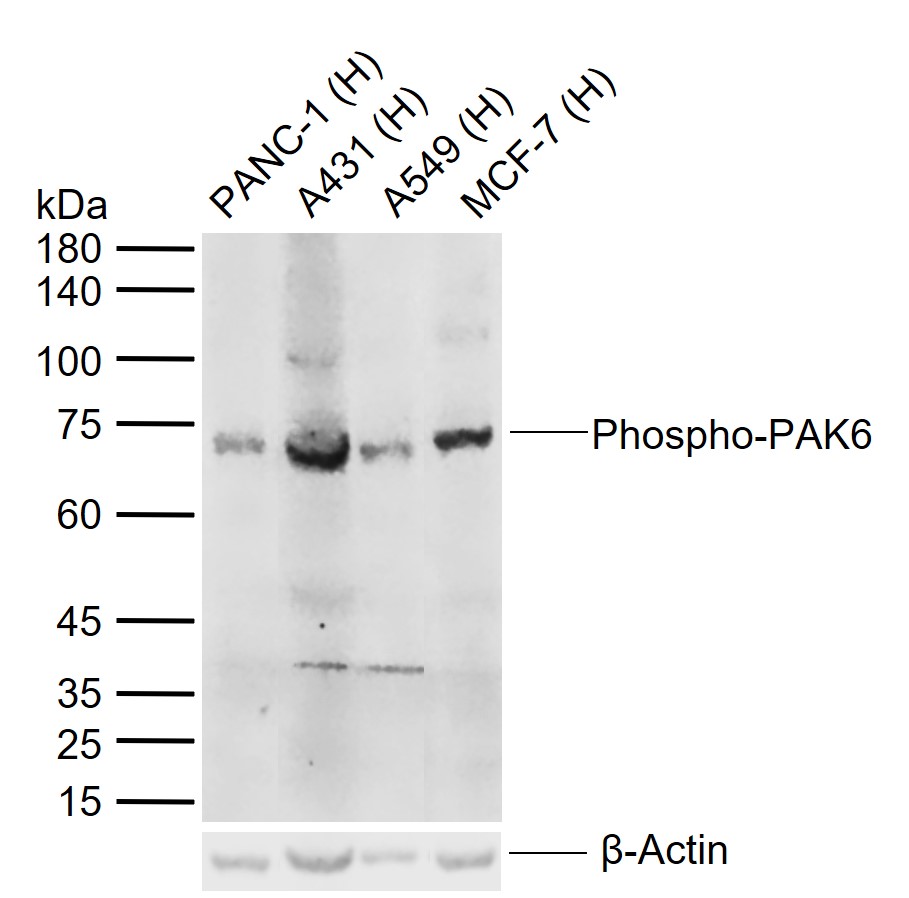
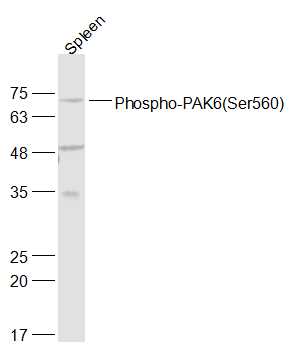

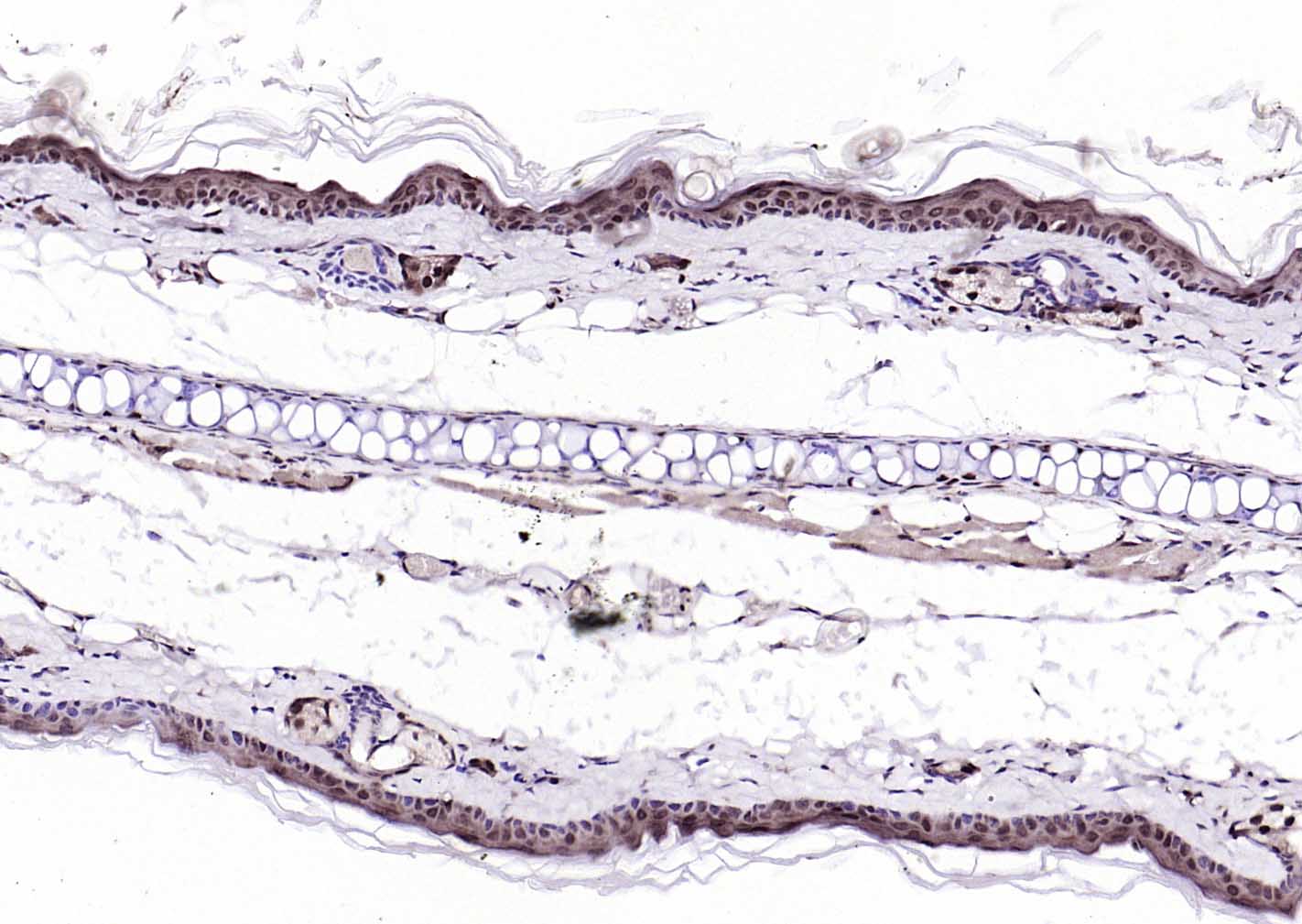
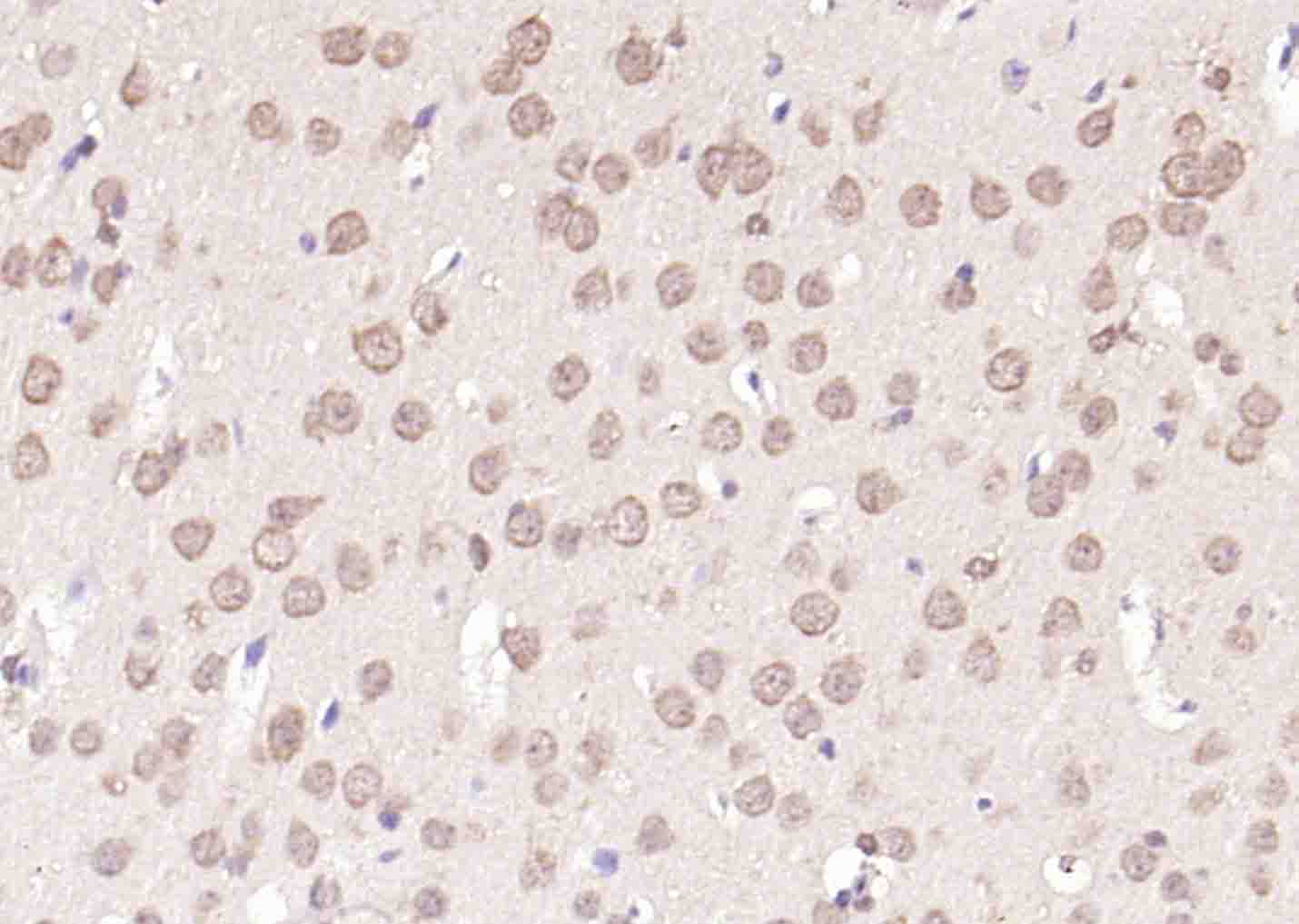
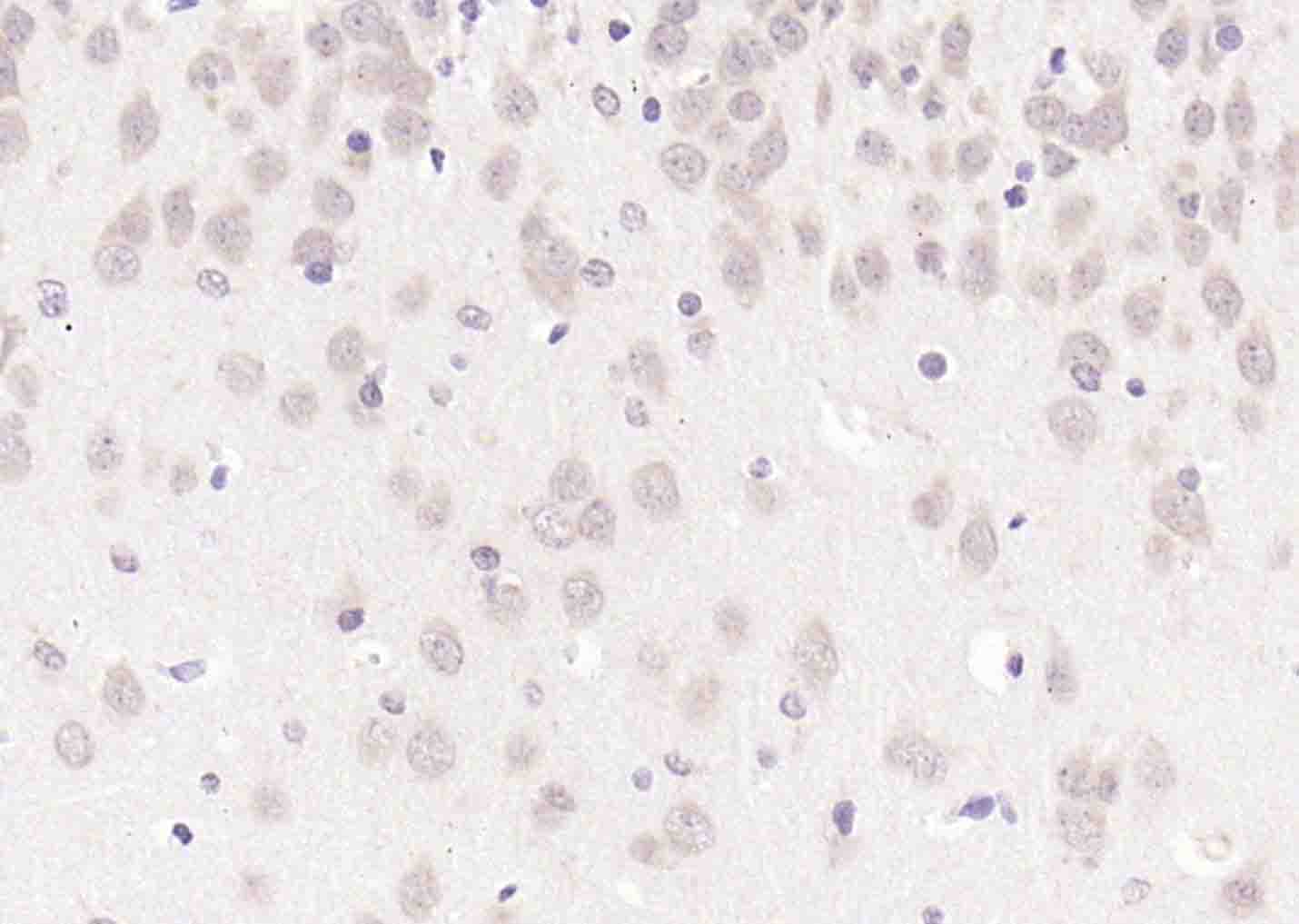
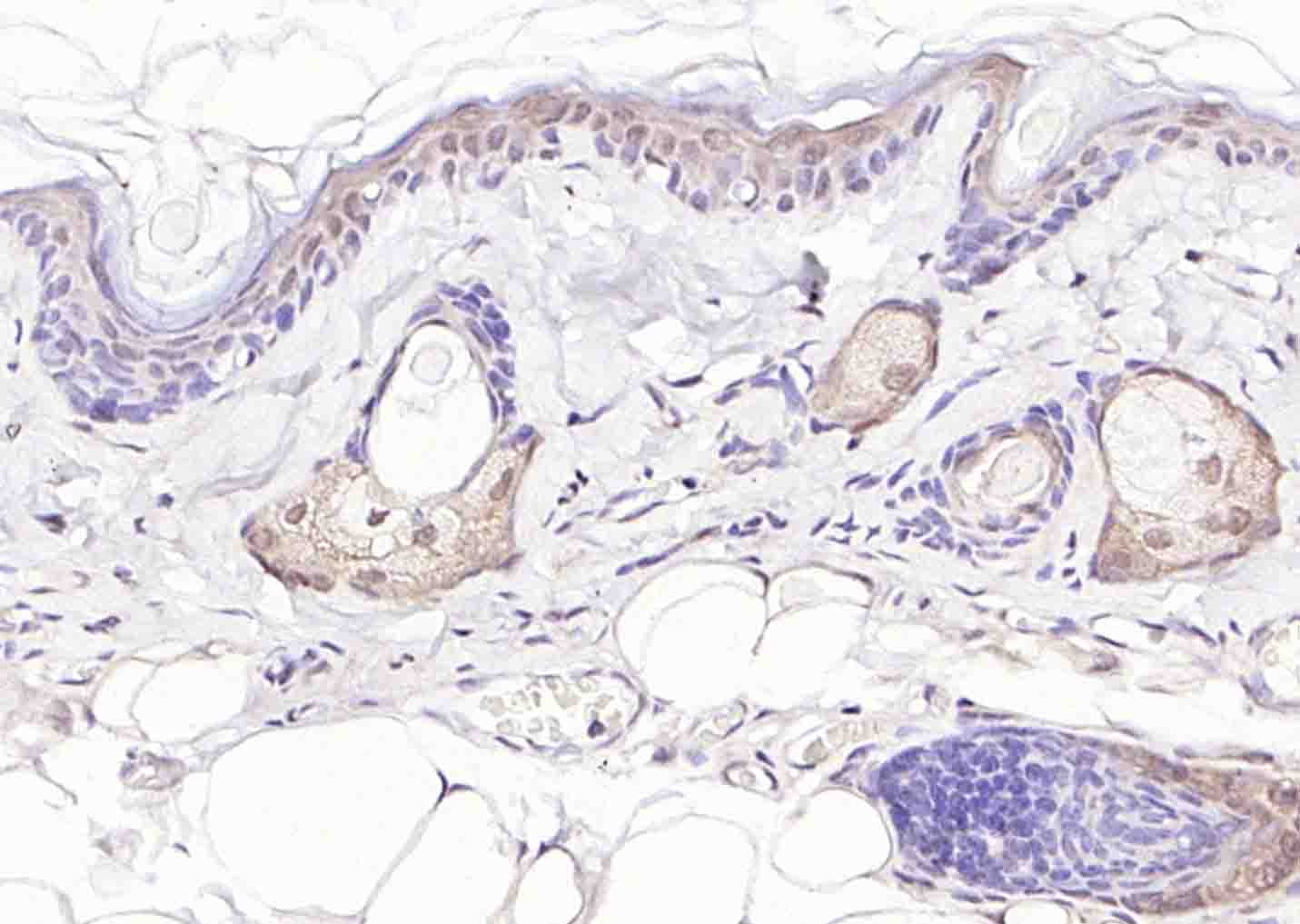
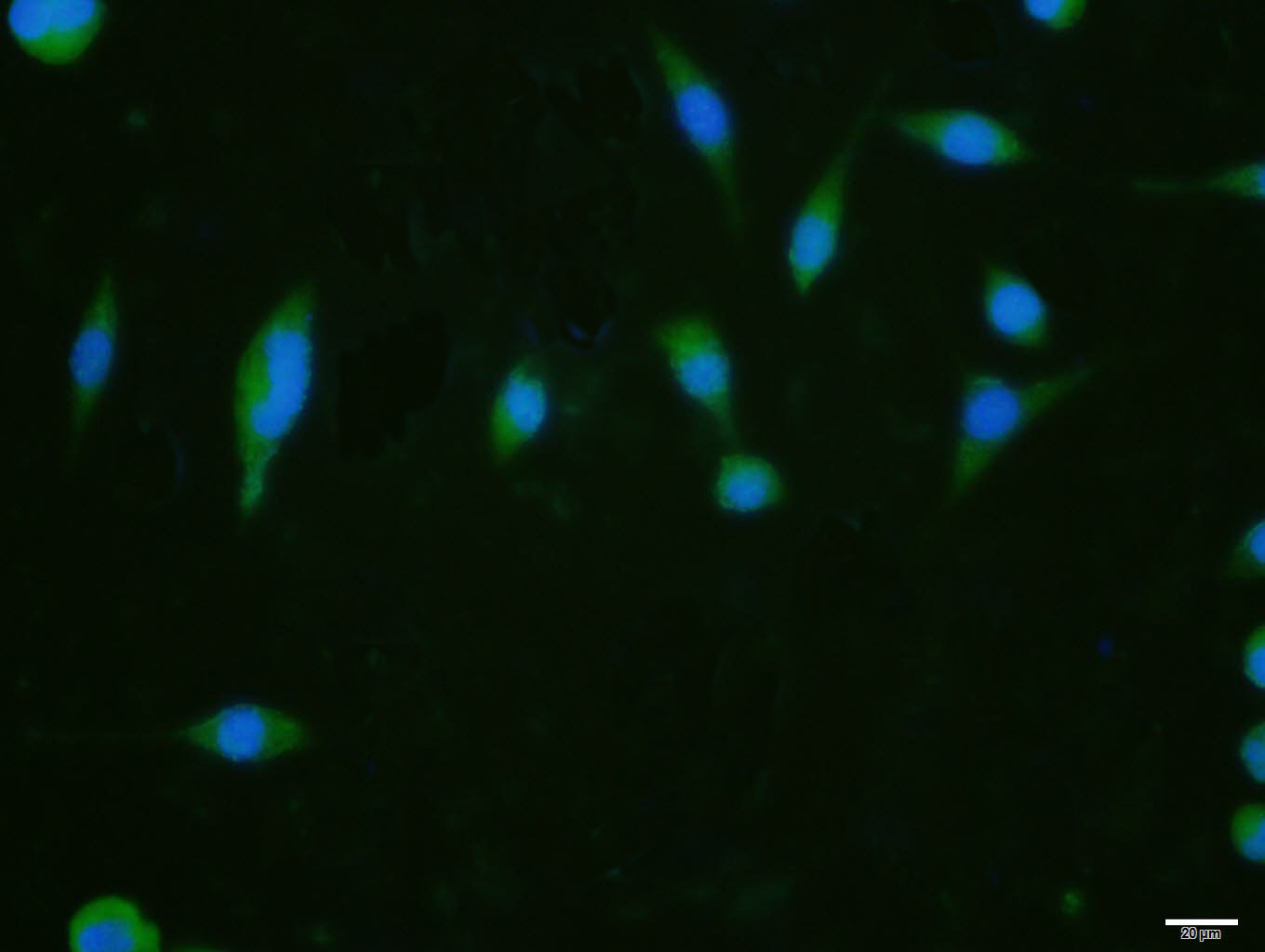
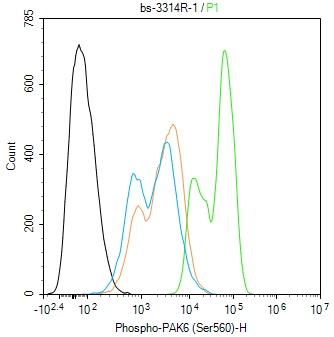


 +86 571 56623320
+86 571 56623320
 +86 18668110335
+86 18668110335

